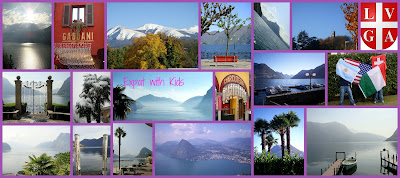Graphic designers hear the term Swiss Design all the time. Yet most of us, if asked to define it, could do no better than point to a rather vague, general gestalt: crisp, blocky layouts, a minimalist design ethos, and sans serif typefaces.
In a nutshell, Swiss Design was a movement that took hold in the 1950s in two Swiss art schools, the kunstgewerbeschule in Zurich, led by Josef Müller-Brockmann, and the Allgemeine Gewerbeschule in Basel, led by Armin Hofmann. Both of these instructors had studied with the great Ernst Keller in Zurich before World War II. These names will become more meaningful when we look at their work a little later.
Their style, which was called the International Typographic Style at the time, was guided by the ethos that design should be as invisible as possible. All traces of the designer’s subjectivity should be suppressed in order to let the “content” of a work shine through. It is similar to the axiom of architectural modernism that form should follow function.
Iconic Swiss designs like the pocket knife, the Helvetica typeface and the Swatch watch all have one thing in common: their combination of functionality and understated elegance.
Swiss design is characterised by a minimalist aesthetic that places functionality and attention to detail at the forefront. Its origins lie in the post-war years when simple solutions were needed to the problems that arose in Switzerland’s newly industrialising society. But Swiss design also has its roots in the country’s long lithographical tradition that dates back to the latter half of the 19th century.
Iconic examples of Swiss design include the typefaces Helvetica and Frutiger, the Rex economy vegetable peeler, the Swiss army pocket knife, the Swatch watch, the stackable ‘Landi’ chair, Eternit garden furniture, the ‘Loop’ chair, Jürg Bally’s three-legged table, the cloud lamp by Susi and Ueli Berger, and the Swiss railway clock by Hans Hilfiker. More recent icons are the Freitag shoulder bags made from recycled lorry tarps, and Nespresso coffee capsules.
Which is your favourite Swiss design item?


No comments:
Post a Comment